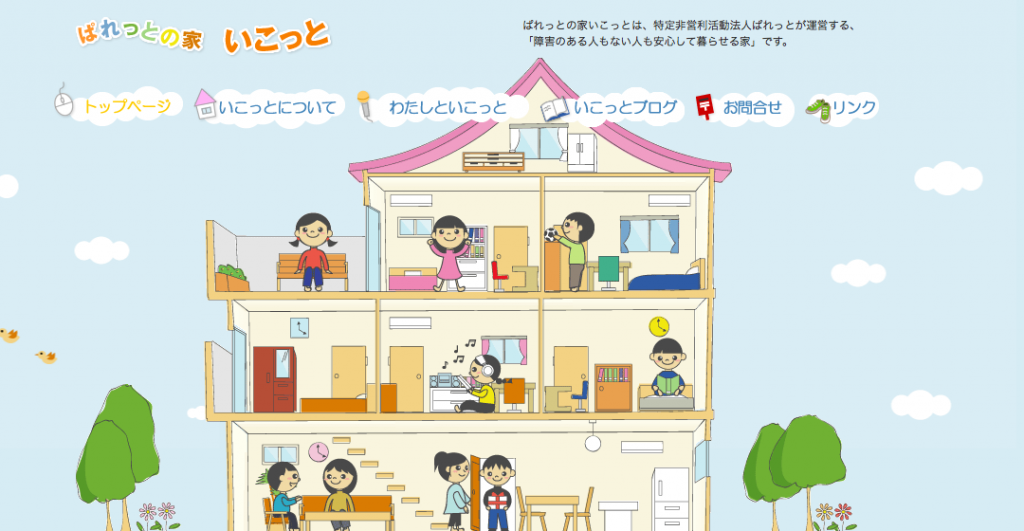
Hi, there. This is Nakahara. Recently, many people contact us and say, “I want to start running a sharehouse…” I really feel that the number of sharehouses will increase even in Kumamoto Prefecture.
Anyway, Today’s theme is ‘Sharehouses can solve the social issues! What’s the social significance of sharehouses?’ A TV show called TERRACE HOUSE, which finished last year, had a huge impact. While many people think the younger generation is perky and enjoying living in a sharehouse when they hear ‘Sharehouse’, spreading sharehouses has a social meaning.
Social role of sharehouses
Illegal houses mean sharehouses that rent out separated small spaces (2~3 tatami mat size) as residential spaces, although the spaces are actually reported as an office and storage. These kinds of sharehouses don’t need a guarantor, a deposit, and key money. They are also very cheap to rent and have some advantages, such as close to the metropolitan area, but they don’ have a window and fire‐prevention equipment. Moreover, most of them don’t have a safe evacuation route. Thus, most likely, they are illegal as a residential space in terms of Building Standards Act, Fire Services Act, and the regulations related to buildings.
However, in reality, illegal houses located in the central area of the metropolitan area work as a temporary house for homeless people who cannot stay in other than a net café.
In fact, for people who lost their jobs and even cannot rent an apartment, to live in a sharehouse with cheap rent without initial cost can be the only way to get out of being homeless without a residence, even if it’s a crappy environment. So, I think it is necessary for us as a society to not only tighten up our policing but also to take care of those people so that they are not kicked out into the streets.
This means young people don’t have enough money to live alone. Moreover, the number of non-regular employees has been largely increasing. It’s been said that it foes under 50% or not in 2015… Well, this is how the reality goes, and, in fact, the economic gap has widened in Japan.
Problem of unoccupied houses
It’s simlay because way too many houses were built while the number of populations has been decreasing! Because of that, the problem of unoccupied houses will become a social issue. It’s estimated that nearly 20 million houses will be vacant by 2035. However, in fact, sharehouses could be an effective way to utilize these unoccupied houses.
Examples of social problem-solution type sharehouses
Like the above, sharehouses can work as a place for people in need and can be a way of utilizing vacant houses. Sharehouses can be useful more than we imagine. Also, there are sharehouses for single mothers or for diverse generations. The cases of solving various social issues through sharehouses has been increasing.
First, please take a look.

This Parenting Home is the first sharehouse specialized for single mothers in Japan. Needless to say, being a single parent has so many worries. So, they can share their feelings and concerns to help each other by getting people in the similar situation together.
Next is a sharehouse called Palette, where people with or without disabilities can live peacefully.

This sharehouse is run by Nonprofit Organization Palette. The sharehouse’s basic concept is what kind of support we can provide for people with disabilities to live independently is to live ‘people’ in the same house.
There is a great possibility of solving social issues in the world through sharehouses. Also, there are sharehouses for single older people. I feel sharehouses still have various possibilities. That’s all. From Nakahara.















